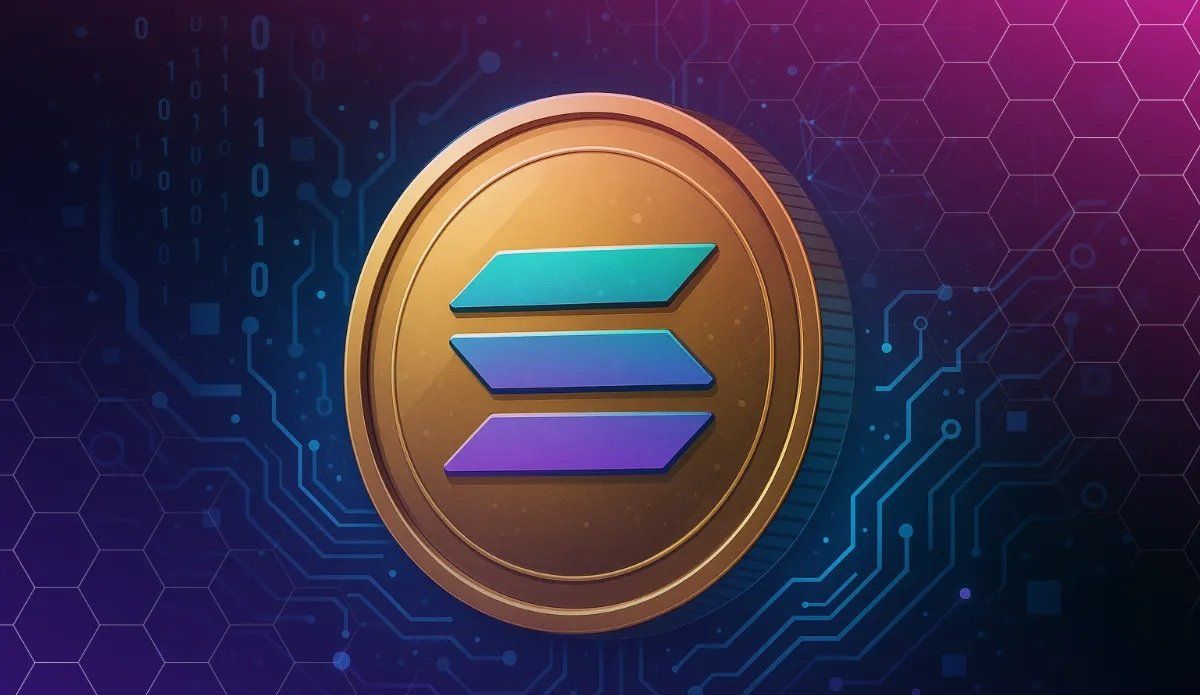Jump Crypto’s Firedancer development team has proposed eliminating Solana’s fixed compute unit block limit. The proposal, registered as SIMD-0370, would remove the current cap of 60 million compute units per block, allowing block sizes to expand in line with the processing capabilities of individual validators, rather than being restrained by a protocol-imposed maximum.
Today, Solana’s throughput is artificially constrained due to a static ceiling on the number of compute units per block. Firedancer’s engineers argue this limit prevents the network from fully leveraging advances in hardware and validator performance.
By tying block capacity to validator capabilities, rather than a fixed parameter, the network could absorb higher volumes of transactions and adjust more responsively to demand spikes.
The accompanying Alpenglow consensus upgrade, which introduces mechanisms that skip blocks exceeding time thresholds, sets the foundation for shifting away from hard compute ceilings.
How the System Would Change
If adopted, the network’s capacity would become market-driven. More powerful validators could propose and process larger blocks, while less capable nodes would skip blocks too large for their hardware.
This creates natural incentives: validators seeking higher rewards must continually invest in hardware upgrades, while those unable to keep pace face relegation to processing less complex blocks.
Block producers could increase their earnings by processing more transactions and collecting additional fees, thereby fueling a feedback loop that could drive faster cycles of innovation and performance improvements across the ecosystem.
Firedancer Community Response
Although several developers and high-performance infrastructure providers have provided technical assistance to the Firedancer team, the plan has sparked intense community discussion. Because only validators with the best hardware will regularly participate in block production, critics caution that abolishing block limitations might hasten centralization and drive out smaller or more distant operators that cannot afford frequent upgrades.
Network resiliency is another issue; if excessive scale exceeds the baseline capacities of the majority of users, gaps in consensus-building may manifest.
Proponents contend that market incentives and skip-vote reasoning would help maintain controllable block sizes, utilizing a “competitive flywheel” to enhance performance organically without the need for more regulations.
Furthermore, they contend that this dynamic promotes innovation in a manner akin to open competition in other decentralized marketplaces and eliminates the need for time-consuming human intervention to increase limits.
The elimination of defined compute unit restrictions, if implemented, would signal a significant change and bring Solana’s scaling strategy closer to a free-market model, in which network demand and hardware innovation, rather than rigid, centrally decided regulations, determine performance constraints.
READ MORE: Can Avalanche Price (AVAX) Break $50 as On-Chain Metrics Improve?









